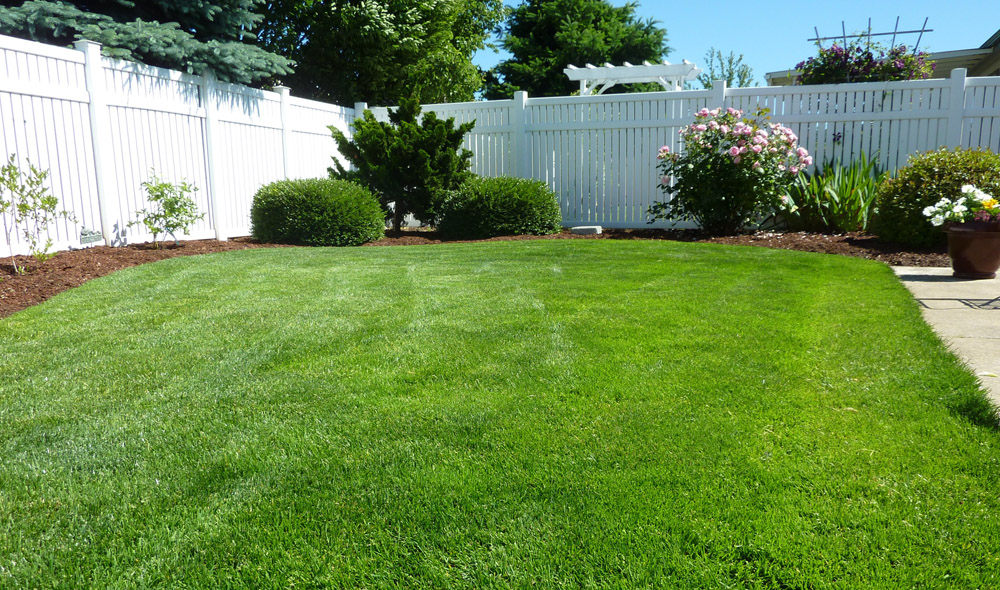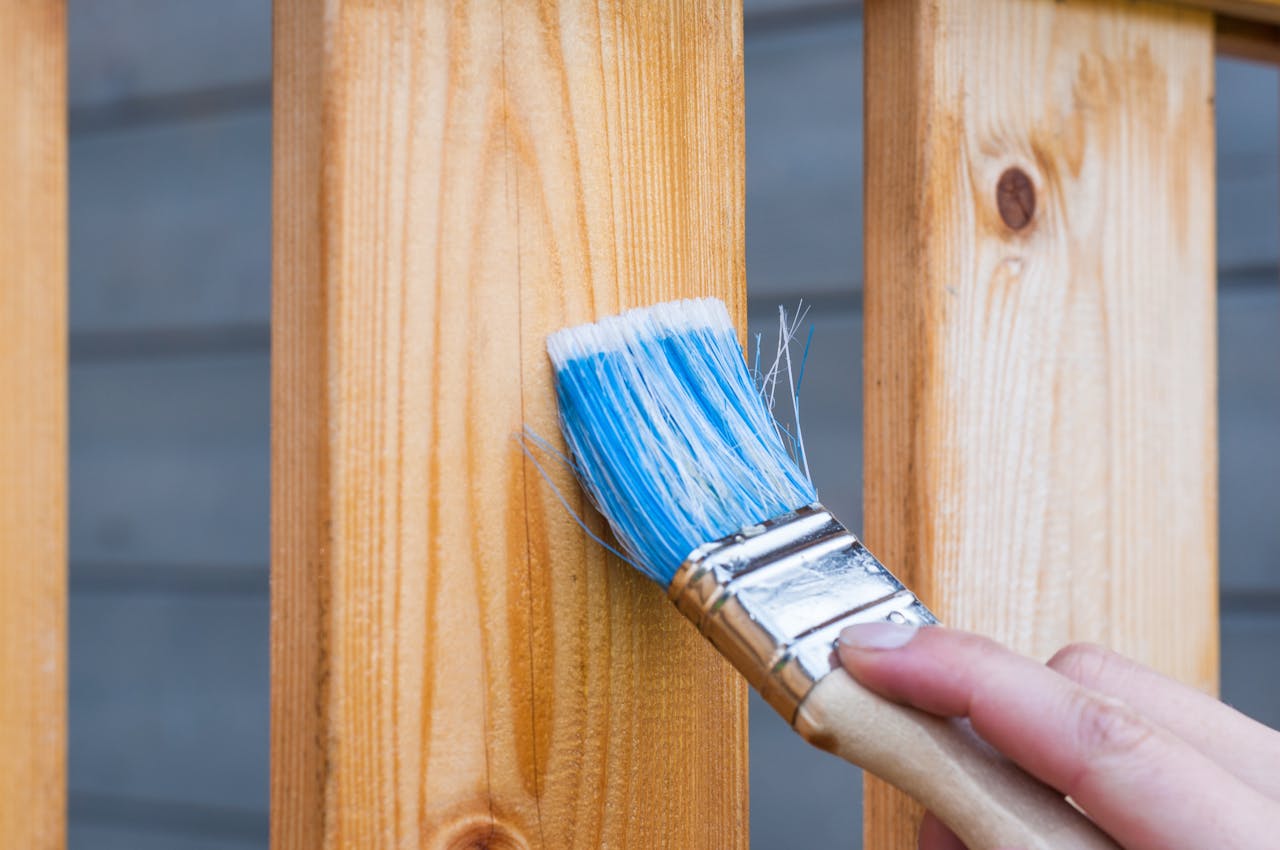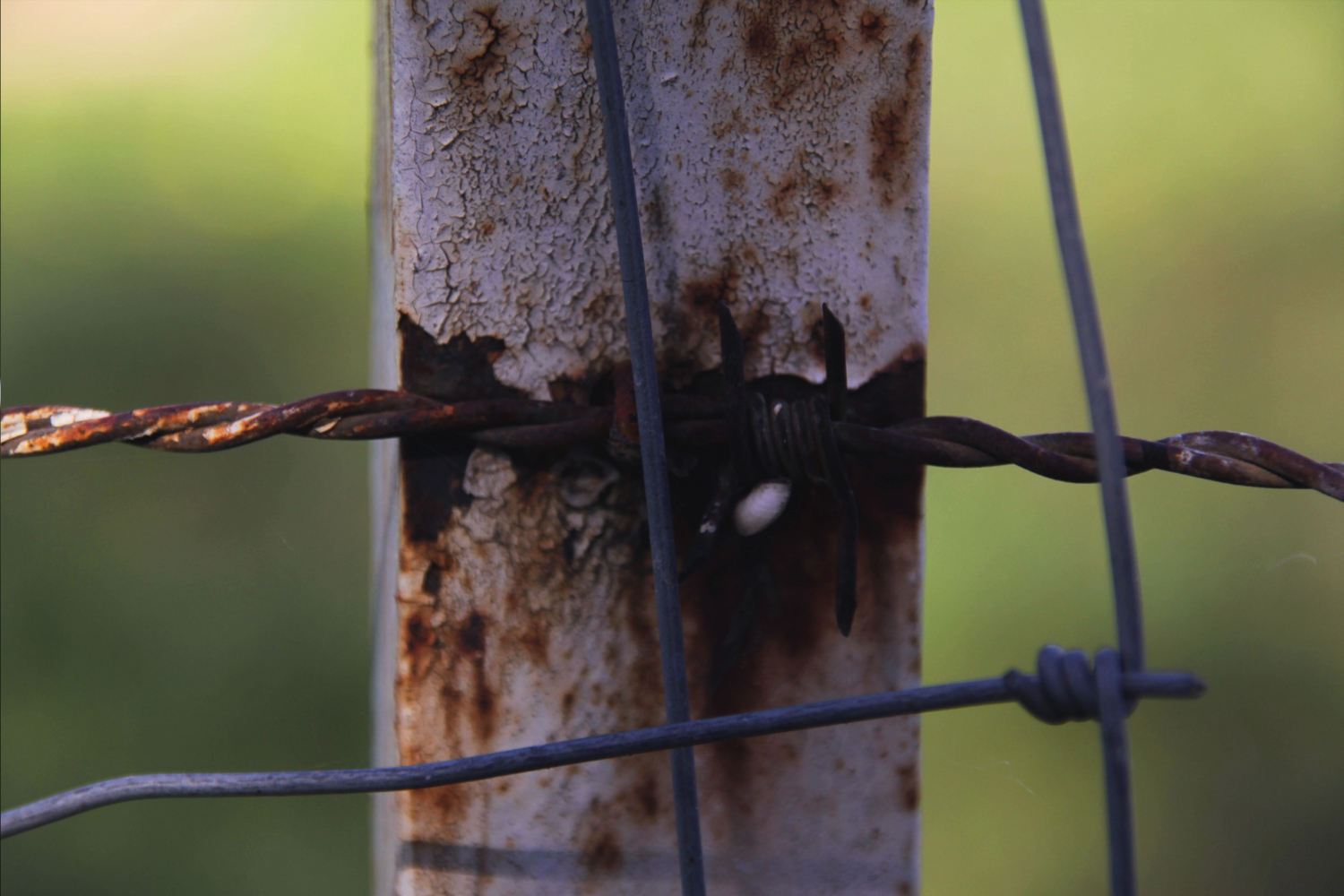When it comes to shared fences between neighboring properties, questions often arise regarding who has the right to paint or modify the fence. In this blog post, we will explore the topic of painting your side of the fence, considering property boundaries, legal considerations, and proper etiquette when it comes to fence maintenance.
Understanding Property Boundaries
Before making any modifications to a fence, it’s crucial to have a clear understanding of property boundaries. Property lines are typically determined by legal surveys or property deeds, and they establish the ownership and responsibilities of each party involved. If you are uncertain about the exact property boundaries, it is recommended to consult a professional surveyor or refer to official property documents.
Permission and Communication
To ensure a harmonious relationship with your neighbors, it’s essential to communicate and seek permission before painting your side of the fence. Even if the fence is on your property, painting it can still impact the appearance of your neighbor’s yard, especially if they can see the painted side. Engaging in open and respectful communication helps avoid misunderstandings and promotes a positive neighborly relationship.
Shared Fence Agreement
In some cases, neighboring property owners may enter into a shared fence agreement that outlines responsibilities for maintenance, repairs, and modifications. Such agreements can specify guidelines on painting and ensure consensus between both parties. If you have a shared fence agreement, review its terms to understand your rights and obligations regarding fence maintenance.
Considerations for Painting Your Side of the Fence
If you have obtained permission or have the right to paint your side of the fence, consider the following factors to ensure a smooth process
- Selecting the Paint
Choose a high-quality exterior paint or stain specifically designed for use on fences. Consider factors such as durability, weather resistance, and compatibility with the fence material (e.g., wood, metal, vinyl).
- Preparation
Thoroughly clean the fence surface and remove any dirt, debris, or existing paint that may interfere with the adhesion of the new paint. Sanding may be necessary to create a smooth surface for optimal paint application.
- Protecting Surrounding Areas
Take measures to protect neighboring property, plants, and other elements from overspray or accidental paint splatters. Use drop cloths, plastic sheets, or masking tape to cover areas that you don’t want to be painted.
- Application
Follow the manufacturer’s instructions for the paint application process. Use brushes, rollers, or sprayers to apply the paint evenly, ensuring complete coverage and avoiding drips or runs. Multiple coats may be necessary for an even and durable finish.
- Cleanup
Dispose of any paint cans, brushes, or other materials properly, following local regulations for hazardous waste disposal. Clean up any paint spills or overspray promptly to minimize any impact on the surrounding area.
Painting your side of the fence can be permissible and can contribute to the overall aesthetics of your property. However, it is crucial to consider property boundaries, obtain permission if necessary, and maintain open communication with your neighbors. Respect for shared spaces and consensus-building are essential in maintaining positive neighborly relationships. By following proper etiquette and adhering to legal considerations, you can enhance the appearance of your property while fostering a sense of community and respect among neighbors.







